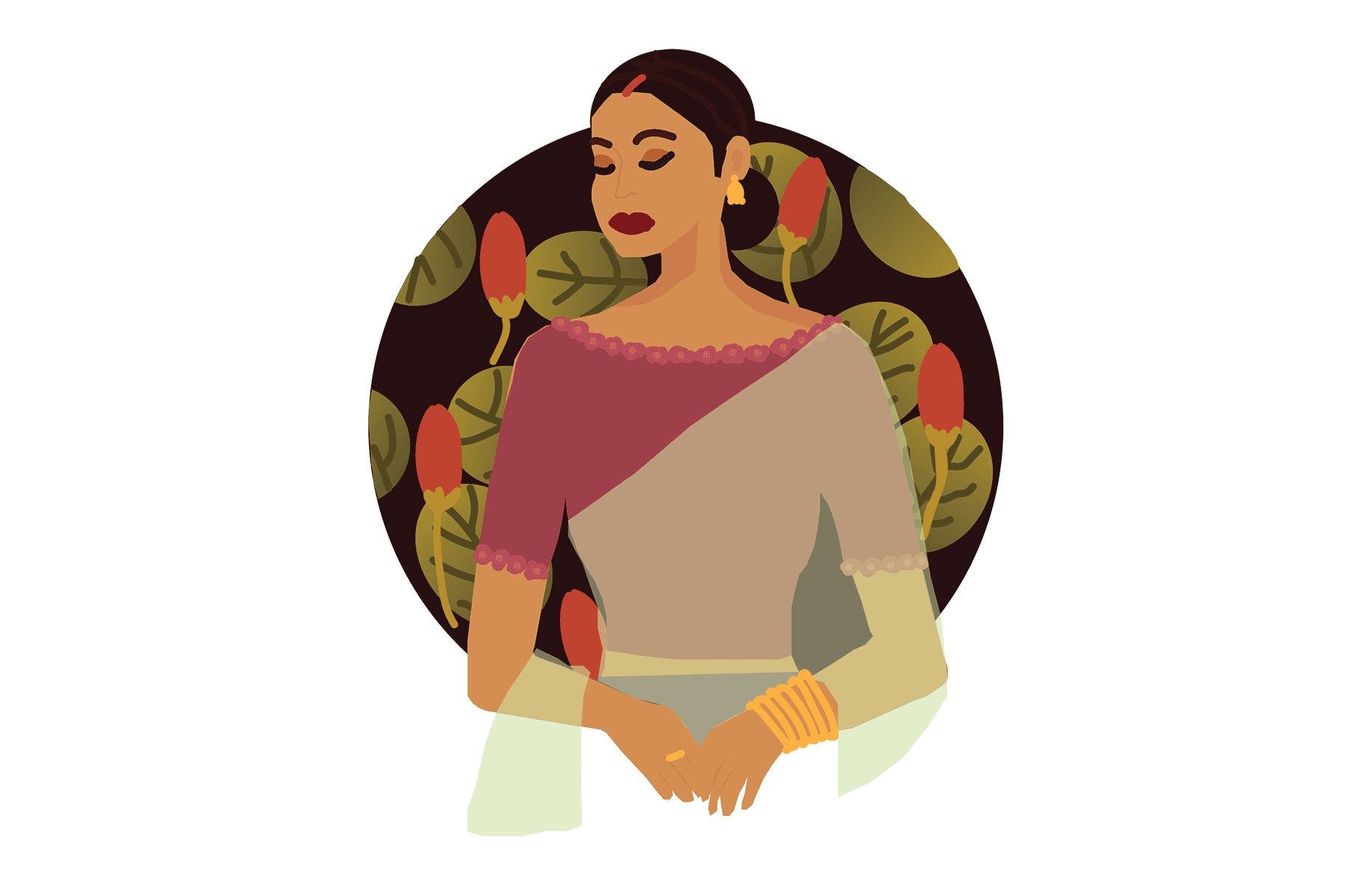I only wear Indian clothes to church. Perhaps this sounds strange, but let me explain. Hailing from a South Indian Catholic family, the Indian community I am a part of here in Australia is tied to religious as well as cultural tradition.
Weekly mass in the Malayalam church is always followed by an Indian spectacle – aunties decked out in brightly coloured sarees engaged in long conversations about work (most of them are nurses), uncles of the standard ironed shirt variety arguing and conversing about Indian matters at hand – the state of politics, ancestral homes, families back in Kerala and elsewhere – while the others auction out boxes of plantains and other assortments of homegrown Indian vegetables you would struggle to find at your local grocery. This cultural space is the only space where I feel comfortable in wearing my somewhat extensive collection of churidars, salwars, and the odd saree amassed over the years from holidays trips to India.
It may strike you as odd that I say I feel uncomfortable wearing clothes that are more or less made for me. Maybe uncomfortable isn’t the right word, let’s call it discomfort instead. Discomfort which becomes especially apparent in moments where I walk around Newtown and see the odd white woman wearing a kurta and feel a sort of jealousy that I cannot bring myself to do the same. Nothing is stopping me, of course, other than myself and the niggling memory of the time in primary school I wore a churidar for a mufti-day and a girl told me she could not invite me to her birthday party because her ‘parents didn’t like Indian people.’
Clothing, undeniably, strengthens unity, acting as a symbol of belonging that cannot be separated from social life. They are the tangible expressions and images of the personality of a culture, of its norms and values, habits and customs. Accordingly, when you wear traditional clothing, you’re not only aligning yourself to a particular social and cultural group, but also to long-standing traditions and certain expectations.
Wearing traditional clothes in Western spaces can feel like a risk because it is often a debilitating experience. Because there’s an emotional connection present as well an omnipresent fear that this connection won’t be seen or validated. Wearing a saree isn’t just about the way it unfurls on your body at the end after you finish draping it. It’s about the steps it takes to drape the entirety of the five metres, the passed down tips from your ammachis back in India over a blurry Whatsapp call about where to tuck the excess fabric and how to add paper to pins so they do no damage. The intimacy of such inherited tradition is difficult to appreciate in its entirety in the final product and equally difficult to translate into words. These clothes mean something to me, but that meaning is often lost when navigating through the Western consciousness.
Lately, my parents have taken to asking me why I don’t wear my churidars to uni.
“It suits you.”
“Don’t you want to represent your culture?”
“What’s wrong with the way we dress?”
The last question particularly digs in deep.
Clothes become you, in a way. If the clothes are perceived as wrong, or different, or unacceptable, so are you. It is already hard enough to have to carve out a space for yourself within an intrinsically white, far-flung corner of the world, as an immigrant or a descendant of one, a person of colour. Why make it harder? Isn’t it better to just keep my Indian identity separate from my Australian one?
But of course, compartmentalisation of identity isn’t viable. And it shouldn’t be.
Throughout my life, what I’ve witnessed growing up is that clothing is a celebration, a reminder of beauty and a marker of identity. The vibrancy that Indian clothes are known for reflect the richness of a long history of survival, adaption and reclamation. Perhaps I should start treating it as such. Perhaps, in the act of celebration, we can learn to exist with discomfort. Perhaps instead of finding disparate spaces to enact what we see as our separate identities, we coalesce and bring them together. As always, this is easier said than done. Still, I do think it’s time to move past fear and unfounded shame and make the traditional accessible for ourselves. If what we wear is who we are, then who we are is what we wear as well. We deserve to celebrate ourselves; to showcase our identities, and preserve our histories.





